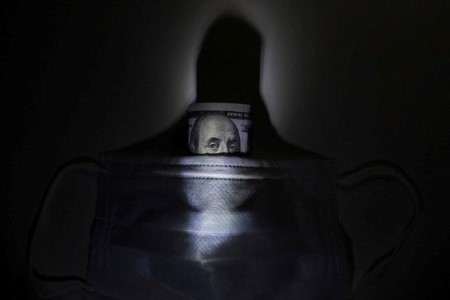




Philippines Trade Update: Trade trajectories trend along
 DOWNLOAD
DOWNLOAD

Policy Rate Updates: Double cut finale
 DOWNLOAD
DOWNLOAD

Monthly Economic Update: One for the road
 DOWNLOAD
DOWNLOAD


Yields fall as job openings shrink before Friday’s jobs report

NEW YORK – Treasury yields fell on Wednesday, with interest rate sensitive two-year yields hitting a 15-month trough, after data showed US job openings dropped to a 3-1/2-year low in July.
The closely watched yield curve between two-year and 10-year notes also turned positive for the first time since Aug. 5.
The August jobs report, due out on Friday, may help the Federal Reserve decide at its Sept. 17-18 meeting whether to cut interest rates by 25 or 50 basis points.
“The big event of the week comes in the form of Friday’s payrolls print,” said Ian Lyngen, head of US rates strategy at BMO Capital Markets in New York.
“That’s to a large extent going to give us the road map for what to expect from the Fed. The employment data is now overshadowing inflation as the biggest risk to near-term policy expectations.”
Traders increased bets on a larger 50 basis points cut after Wednesday’s jobs openings report. They are now pricing in a 43% chance of a 50 basis point rate reduction, up from 39% before the data, and a 57% chance of a 25 basis points cut, CME Group’s FedWatch Tool showed.
Atlanta Fed President Raphael Bostic said on Wednesday the US central bank must not keep interest rates too high much longer or it risks causing too much harm to employment.
The market may have overreacted to Wednesday’s data, given that the economy is still showing solid growth, said Subadra Rajappa, head of US rates strategy at Societe Generale in New York.
“We don’t really have a lot of information to suggest that a recession is imminent,” Rajappa said. There is “nothing that would warrant the market pricing in such an aggressive path of rate cuts for the next year and a half.”
Traders see 237 basis points of rate cuts likely by the end of 2025.
Two-year note yields were last down 10.5 basis points on the day at 3.783% after hitting 3.772%, the lowest since May 2023.
Benchmark 10-year note yields fell 6.6 basis points to 3.778% after reaching 3.767%, the lowest since Aug. 20.
The yield curve between two- and 10-year Treasuries was at minus 0.70 basis points after reaching positive 0.60 basis points. This shift is a possible warning sign that a recession is approaching.
The 2/10 part of the yield curve has been mostly inverted since July 2022. It briefly turned positive on Aug. 5 before turning negative again.
The inversion, in which longer-dated yields are lower than shorter-dated ones, is typically viewed as foreshadowing a recession within the next 18 months to two years, though the current inversion has lasted longer than in previous episodes.
The curve typically turns positive before an economic downturn as investors price in expected rate cuts by the Fed.
Many analysts and economists, however, see the US economy as likely to weaken but avoid a recession.
Friday’s employment report is expected to show 160,000 new jobs in August, according to the median estimate of economists polled by Reuters. The unemployment rate is anticipated to have eased to 4.2% from 4.3% in July.
US economic activity expanded more slowly from mid-July through late August and businesses reported less hiring, the Fed’s latest Beige Book showed.
(Reporting by Karen Brettell; Editing by Jonathan Oatis and Richard Chang)
This article originally appeared on reuters.com





 By Reuters
By Reuters